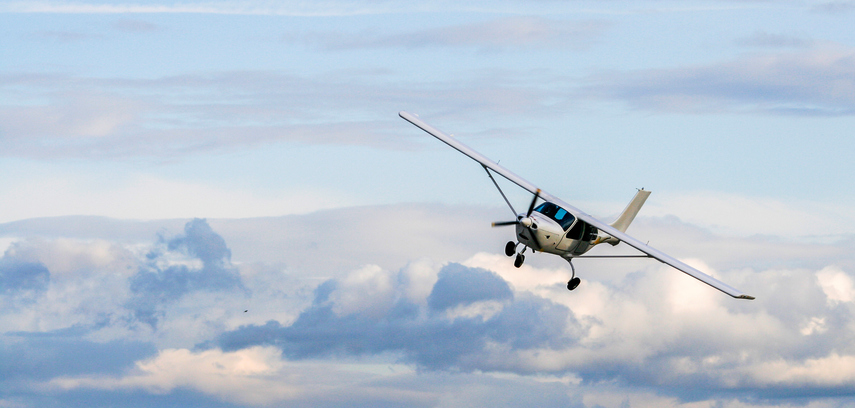
Spring is here, which means warmer weather is on the way for many parts of the United States. As the seasons change, pilots must also prepare for changing environmental and weather challenges, too. Keep these spring flying tips in mind before your next flight.
Windy days
Spring is one of the windiest times of the year, in part due to the jet stream moving north and bringing with it competing high and low pressure weather systems. The differences in pressure systems often cause strong, unpredictable wind gusts. Strong winds can lead to a sudden loss of airspeed on final approach. For a more stabilized approach and landing on extremely windy days, the FAA recommends flying a slightly faster final approach by adding half the gust factor to the approach speed.
Stormy weather
Thunderstorms are another major flying hazard in the spring and summer months. Thunderstorms are caused by three main ingredients: unstable air, an initial updraft, and high moisture content in the air. Because these conditions occur more often in warmer weather, spring is a prime time for dangerous storms. As a general rule, pilots should avoid thunderstorms and never fly closer than five miles to a visible storm cloud.
Wet runways
Hydroplaning on wet runways is another dangerous concern in the rainy springtime months. Hydroplaning is caused when a layer of water builds between a tire and the ground and leads to a loss of traction, which in turn causes a loss of braking, steering, and control. To prevent hydroplaning while landing, avoid landing fast on a wet runway and use light brake pressure. It’s also important to ensure your aircraft’s tires are properly inflated since underinflated tires hydroplane more easily.
Bird Strikes
The start of spring is migrating season for many types of birds. With an increased number of birds flying longer distances, spring is also a common time for bird strikes. Luckily, most airports have wildlife hazard programs in place to prevent such incidents. If you do encounter a bird strike or other wildlife incident, fill out a wildlife incident report to provide helpful information for the FAA’s ongoing wildlife hazard prevention efforts.